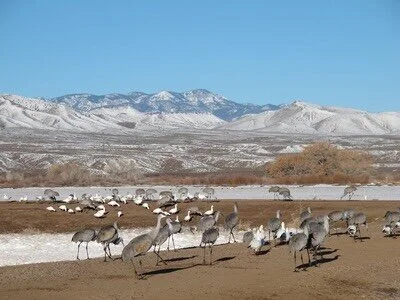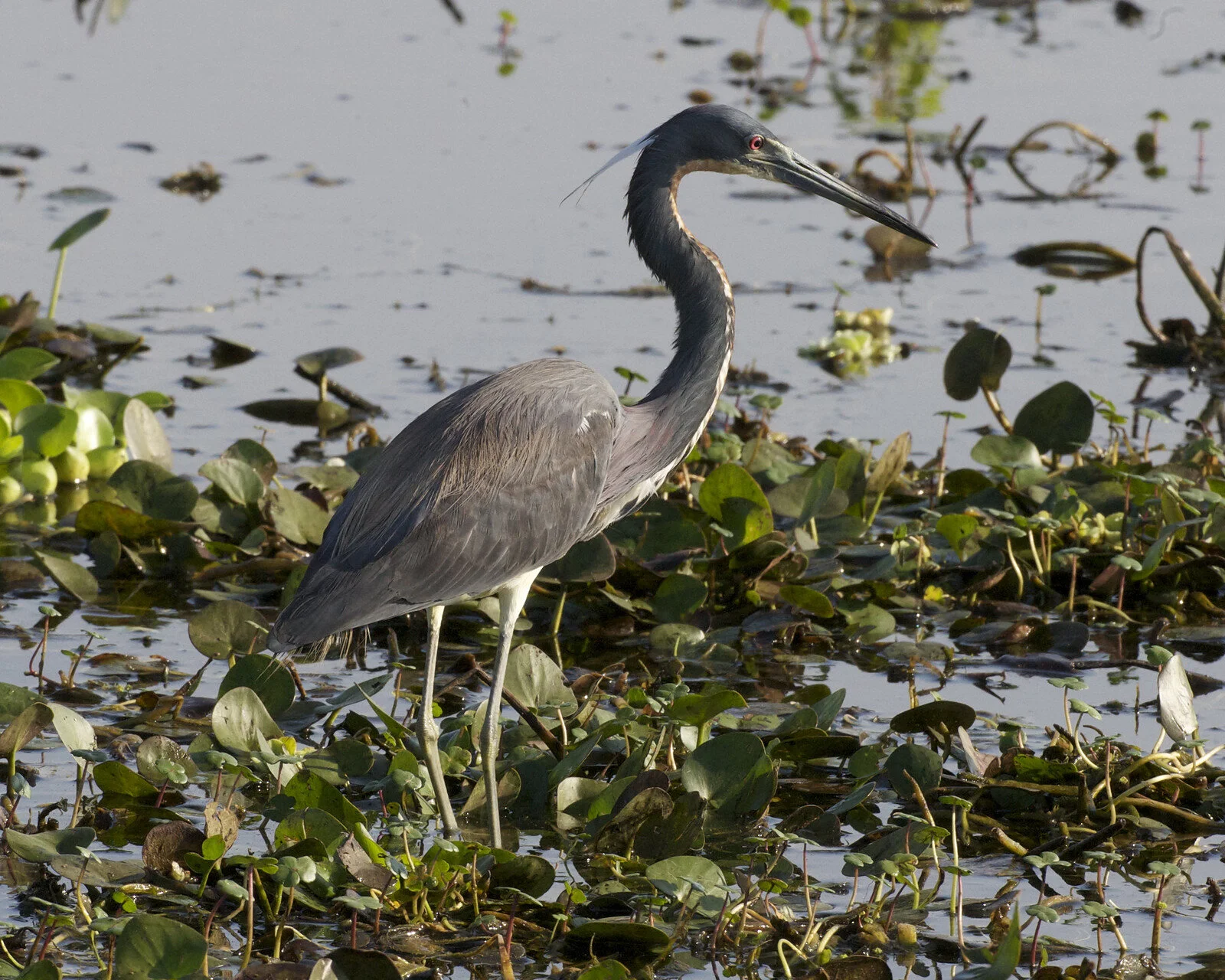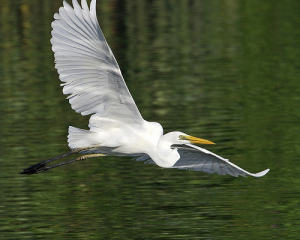words + photos by Laurie Gilberg Vander Velde
“Maybe I will go to the car and get my tripod,” I said to my husband. We were at the edge of a mostly frozen pond, standing on snowpack, bundled up against the 19 degree cold in the pre-dawn dark. A glimmer of light was starting to show in the sky. We had staked out a spot in the line of tripod-wielding photographers with their mega-humongous lenses We were all waiting for the awakening snow geese and sandhill cranes to perform their morning “fly out.” We were at Bosque del Apache, a National Wildlife Refuge near San Antonio, New Mexico about an hour south of Albuquerque. It’s a place known to many serious bird watchers who throng to the area in the winter to watch thousands and thousands -- and thousands of snow geese and sandhill cranes come and go.
 We are not avid birders, nor am I a zealous photographer. How could I be? I love taking pictures and dabble in PhotoShop, but I tote a point-and-shoot camera. It’s top of the line and somewhat flexible, but it’s still a point-and-shoot, and the SLR crowd look at me with some disdain. Much as I would love to use a digital SLR and be able to change lenses, my body just can’t schlepp that much weight. And my husband, despite my batting my eyelids at him, has turned me down flat. It was hard not to be intimidated by the very serious looking phalanx of expensive equipment lined up on tripods waiting for “the moment.”
We are not avid birders, nor am I a zealous photographer. How could I be? I love taking pictures and dabble in PhotoShop, but I tote a point-and-shoot camera. It’s top of the line and somewhat flexible, but it’s still a point-and-shoot, and the SLR crowd look at me with some disdain. Much as I would love to use a digital SLR and be able to change lenses, my body just can’t schlepp that much weight. And my husband, despite my batting my eyelids at him, has turned me down flat. It was hard not to be intimidated by the very serious looking phalanx of expensive equipment lined up on tripods waiting for “the moment.”
Our home is now in Santa Fe, so we made the easy two plus hour drive to the Bosque (means “forest” in Spanish) the night before, aiming to get there in late afternoon in hopes of seeing the “fly in.” This is the time during the golden hour before the sun sets and the moments after sunset when tens of thousands of snow geese and sandhill cranes fly in. A foot of snow had closed the refuge a couple of days before, but the plows had sort of cleared the roads. The observation decks were still snow covered. The big problem was that there were limited areas of open, unfrozen water in the ponds, and the birds want to land on open water where they are safer from predators. The helpful folks at the visitors’ center can tell you where the birds landed the night before, but the birds don’t file a flight plan, so we can only guess where they might land tonight.


